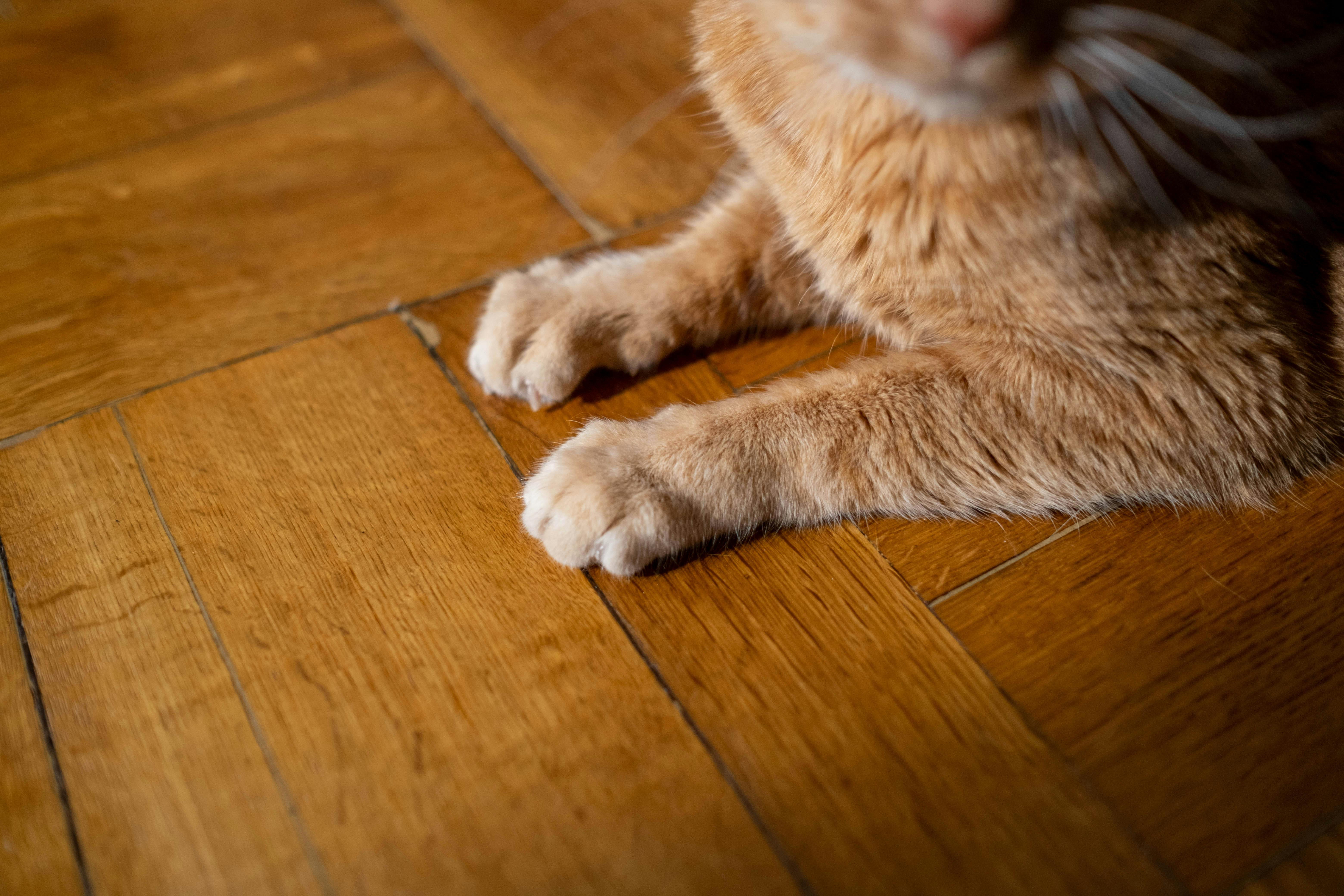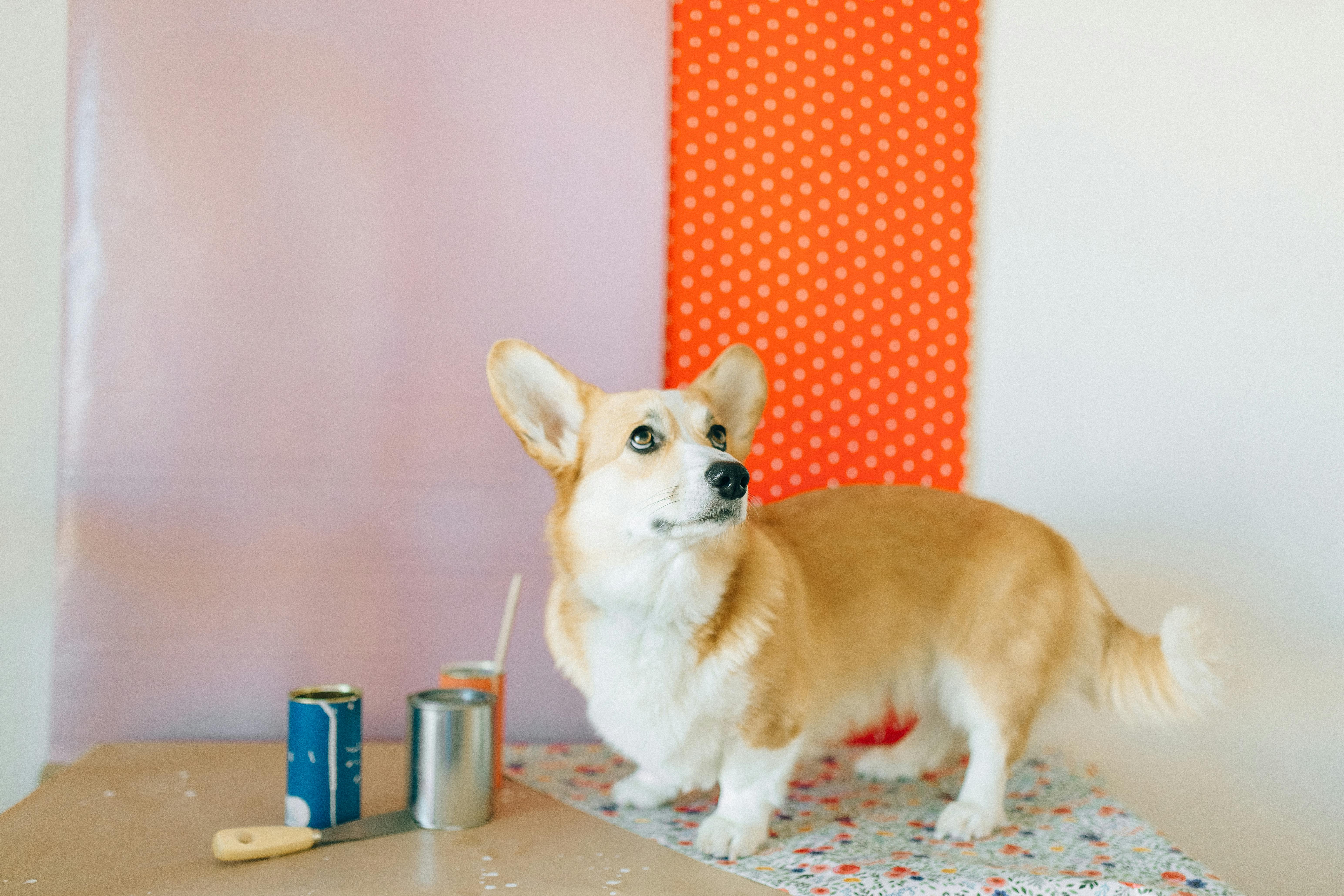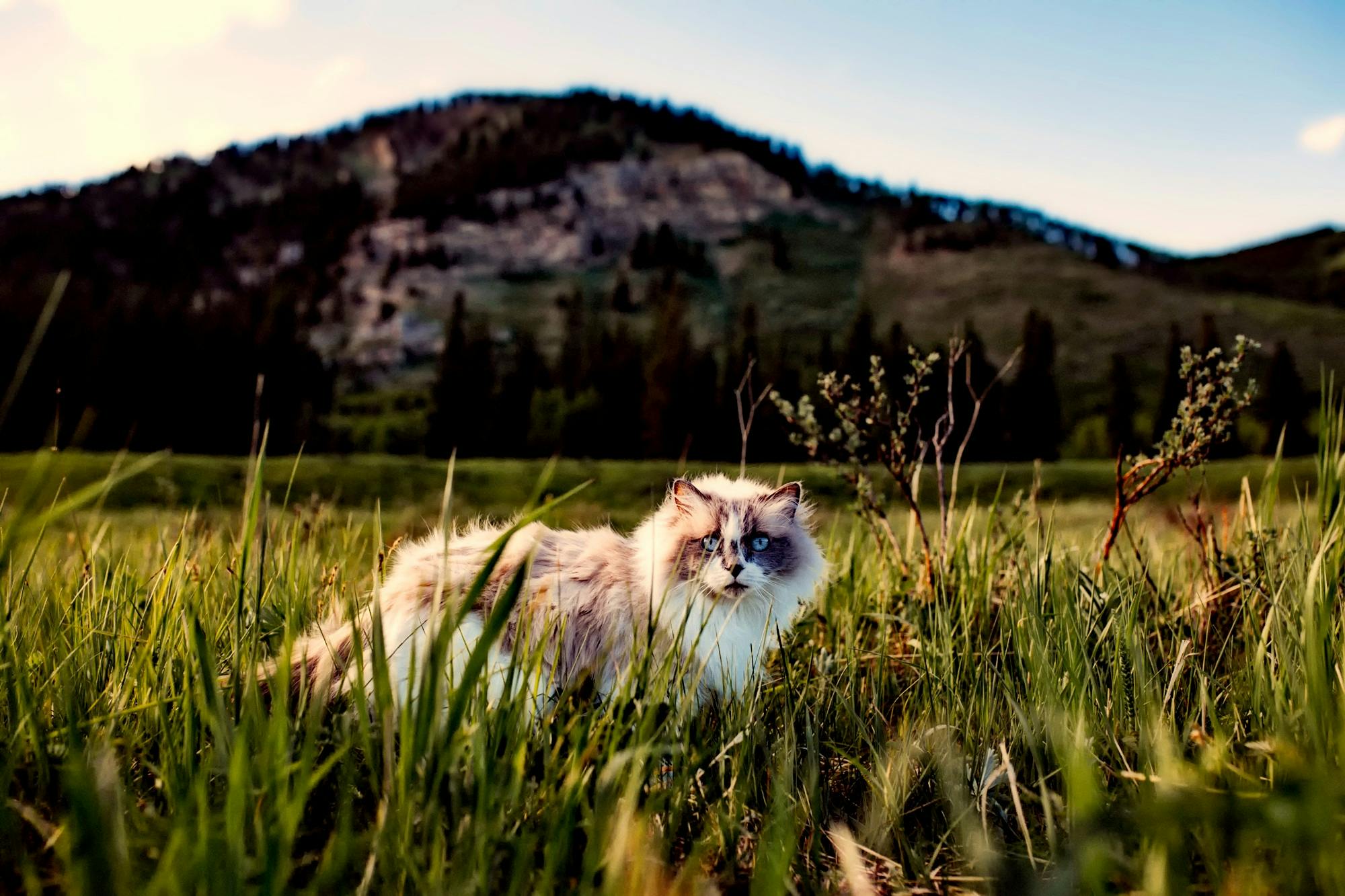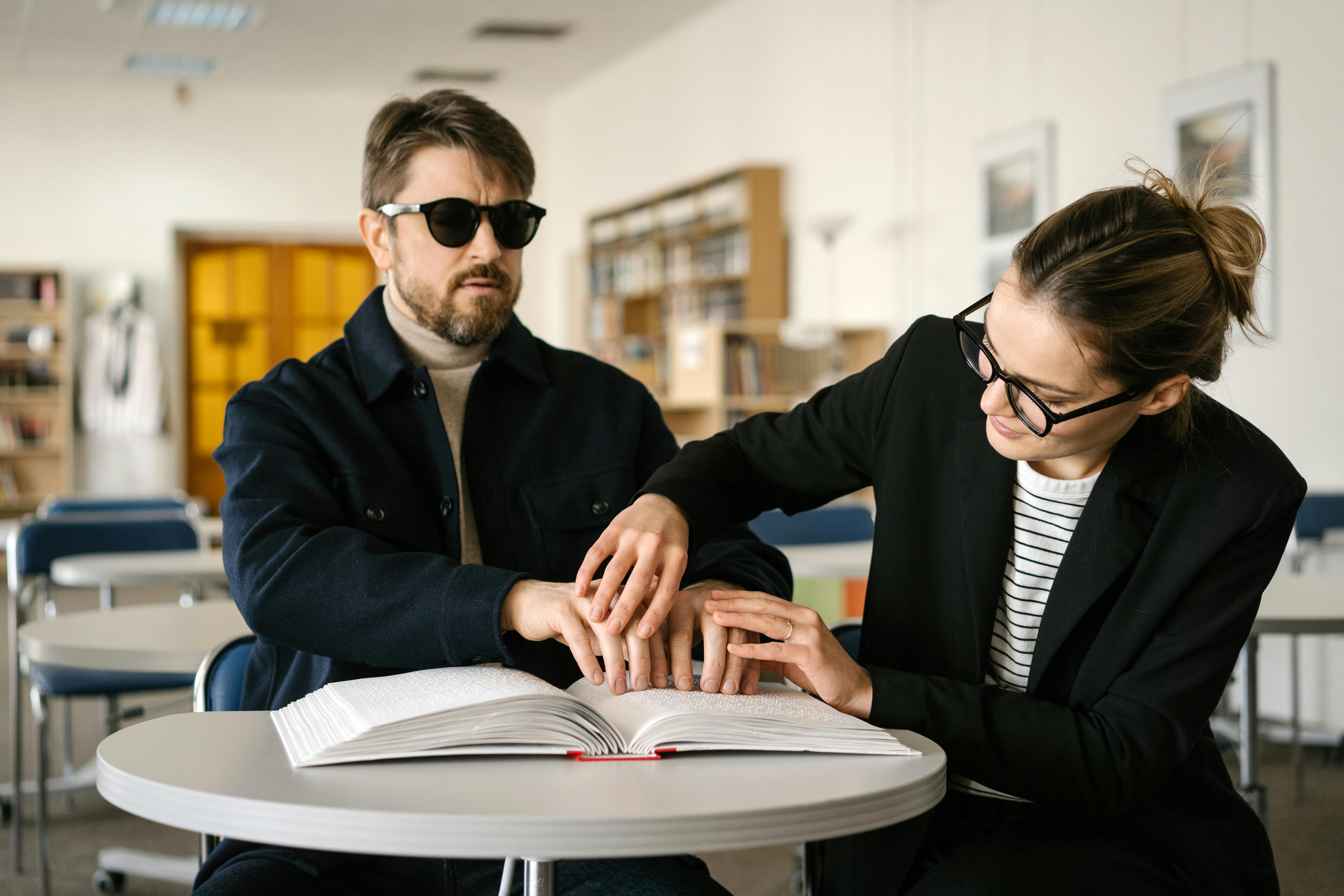A good piece of art captures the essence of the subject seen through the eye of the artist. A great work of art exposes the inner workings of the artist and connects with the viewer on a human level.
I preface this article by stating that I tend to avoid writing pieces that have a personal or emotional connection with me; however, who better to write about an artist’s career that has spanned nearly five decades than someone who has observed it firsthand?
I am referring to my father, Raymond J. Wattenhofer, Jr. He is the quintessential example of the man who has absorbed all that the world has to offer and, in turn, captured those experiences on canvas. Judging from the point at which he began his walk in this world, one would think that he would be the last to express his observations on life through brushes and canvas. And yet, that is the medium he uses to tell his story and, in turn, changes the perspective of each person who views his pieces.
Raymond entered adulthood as a seasoned Midwestern rancher and horseman who, by the time he was seventeen, had amassed his own impressive herd of cattle and quickly learned the ropes to become a successful rancher. The Vietnam War was in full swing, and in search of adventure, he enlisted in the United States Coast Guard and worked his way into an elite search and rescue team stationed off the waters of Puerto Rico. The idea of this may spark an adventurous passion in a young man, but there was a dark side: he and his team were responsible for collecting bodies after major conflicts and plane crashes. This experience affected him deeply for years to come and became the turning point in his evolution from boy to man…and from man to artist.
After the war, he and my mother moved back to the Midwest, at which point he adopted an isolationist lifestyle and further evolved into a self-sufficient, hardcore hobbyist: keeping bees, growing his own food, making his own alcohol and even create paper products from raw materials. It was then that the need to express himself through art began to burn in his stomach and soon erupted into an inferno of artistic passion.
He taught himself the lost wax process to create bronze sculptures and, although my family was extremely poor, he managed to gather the materials to build his own foundry. What followed was a very prolific period of sculptural creation in which he applied his knowledge of animal husbandry and created magnificent pieces that captured the essence of the western horseman and rancher. He even created a handful of life-sized and heroic-sized pieces that are currently on display around the country.
As his artistic evolution continued, it became clear to insiders that his work was extremely cathartic and, very slowly, the darkness in his soul receded. But the deep-seated anguish he had felt for years would not completely subside until he himself went to the next level. One day he woke up and decided it was time to become an oil painter.
Years of frustration followed as he painfully learned the oil painting techniques that would fully capture the essence of what he was striving to convey. But technique is only part of what makes a great painter: you have to be willing to risk everything and expose your soul to the world. Until an artist is willing to remain naked and vulnerable before the world, he will never connect with the viewer of him. This was the most difficult obstacle for Raymond to overcome. He was raised with a “carry your own water” mentality, where real men were strong and silent and never exposed their personal weaknesses.
There is nothing sadder than an artist with great technique but who is not willing to get involved in his work: technically competent pieces, yes. And yet completely soulless. It takes a huge leap of faith to transcend our own fears and say to the world, “This is the real me, warts and all.” You want your viewer to stop and gaze at your work, make them want to see it through your eyes as the real you sees it. If they leave with a new perspective, seeing the world a little differently and therefore changed, you have achieved your goal.
Years of blood, sweat and tears have paid off for Raymond. He has accomplished what all great artists must accomplish to take his artwork to the next level: Expose your joys, your pains, your sorrows, and your flaws and the world will love you even more. Do not fear your own humanity because that is what connects you to the rest of us.










